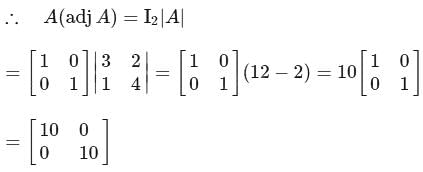SRMJEEE Maths Mock Test - 3 - JEE MCQ
30 Questions MCQ Test - SRMJEEE Maths Mock Test - 3
If the matrix  is the adjoint of the square matrix
is the adjoint of the square matrix  and
and  is the value of the determinant of
is the value of the determinant of  , then what is
, then what is  equal to ?
equal to ?
The area enclosed between the ellipse x2 + 9y2 = 9 and the straight line x + 3y = 3, in the first quadrant is
If 0 ≤ x ≤ π and 81 sin²(x) + 81 cos²(x) = 30, then what is the value of x?
If a line passes through points (4,3) and (2,λ) and perpendicular to y=2x+3, then λ=
The circles x2 + y2 - 12x -12y = 0 and x2 + y2 + 6x + 6y = 0
In an Argand plane the inequality π/4 < arg (z) < π/3 represent the region bounded by
Length of tangent drawn from (5,1) to the circle x2 + y2 + 6x - 4y - 3 = 0 is
A committee of five is to be chosen from a group of 9 people. The probability that a certain married couple will either serve together or not at all is
How many even numbers can be formed by using all the digits 2, 3, 4, 5, 6?
Suppose that g (x) = 1 + √x and f (g(x)) = 3 + 2 √x + x, then f (x) is
A six-faced dice is so biased that it is twice as likely to show an even number as an odd number when thrown. It is thrown twice. The probability that the sum of two numbers thrown is even is
If a, b are the roots of x2 + x + 1 = 0 then a2 + b2 =
Let Aand B be two matrices of order n×n. Let A be non-singular and B be singular. Consider the following:
1. AB is singular
2. AB is non-singular
3. A−1 B is singular
4. A−1 B is non singular Which of the above is/ are correct?
The differential equation of the family of lines through the origin is
The slope of the tangent of the curve at the point where x = 1 is
at the point where x = 1 is
The ratio in which the line joining the points (a,b,c) and (-a,-c,-b) is divided by the xy-plane is
The solution of differential equation (dy/dx) = [(x(2logx + 1)) / (siny + ycosy)] is
Out of 6 boys and 4 girls a group of 7 is to be formed. In how many ways can this be done if the group is to have a majority of boys?
The third term of a G.P. is 3. The product of its first five terms is



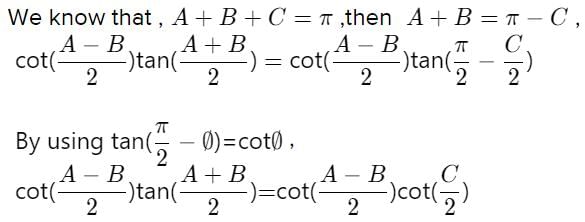
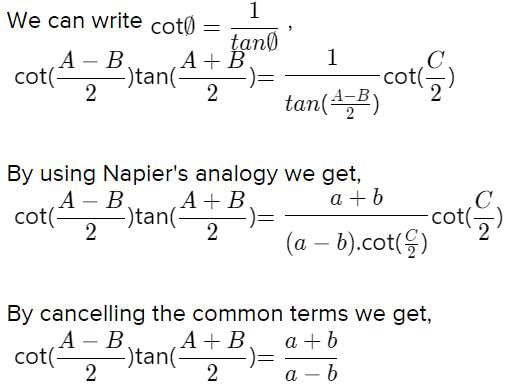




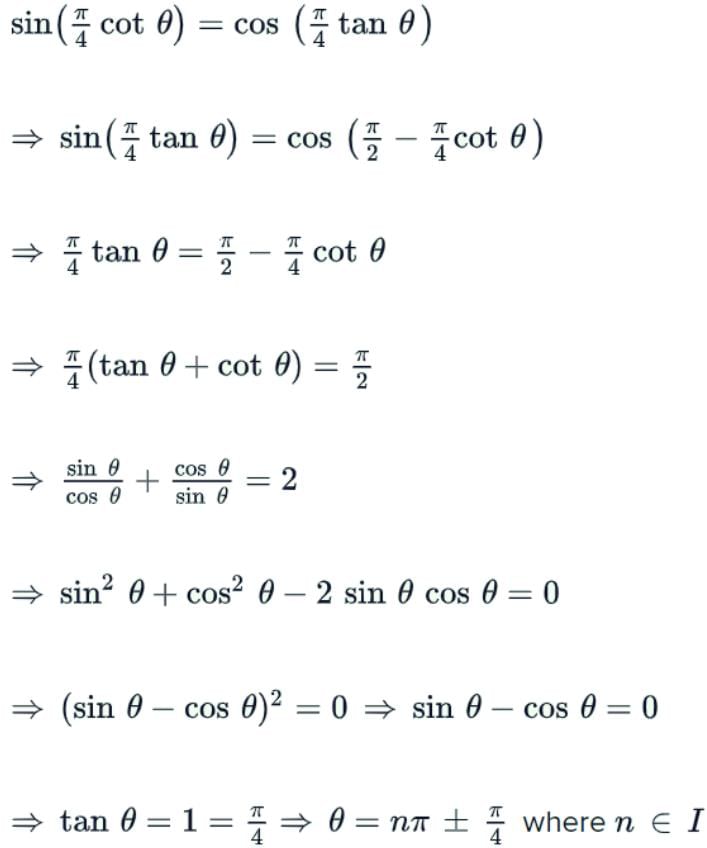
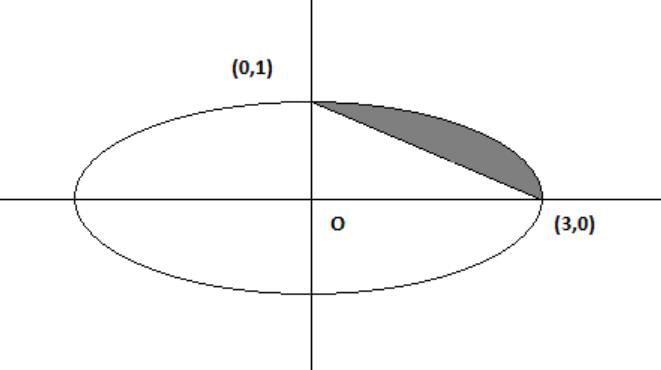



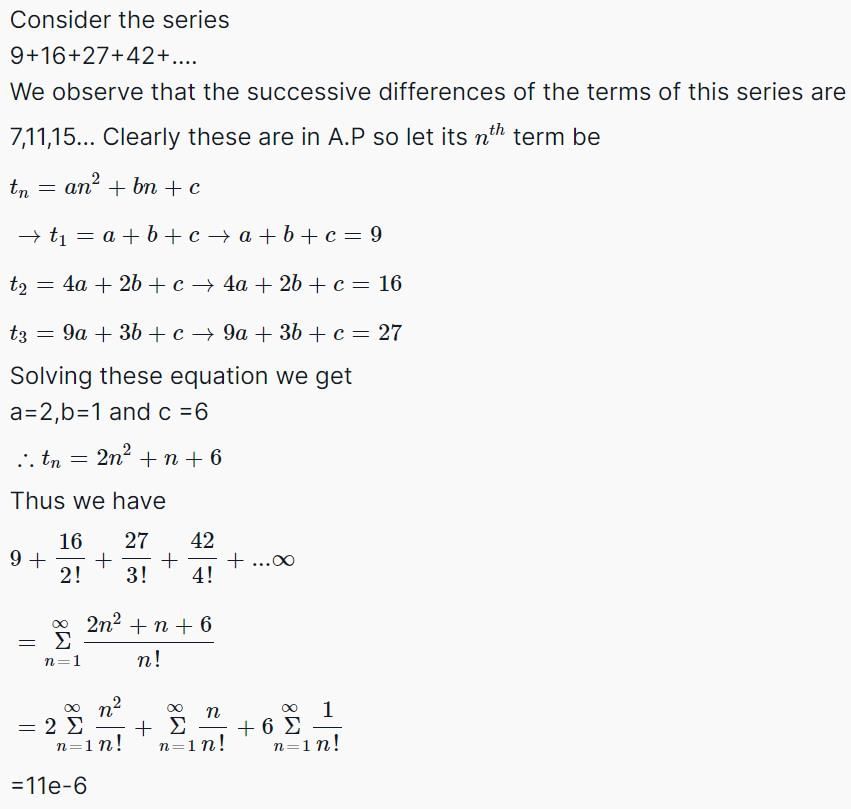

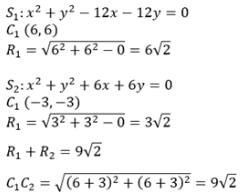

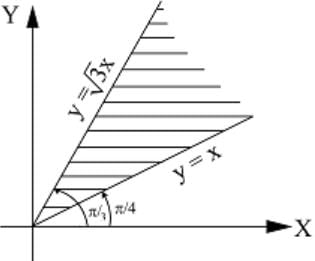



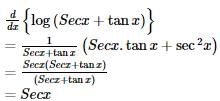
 , find dy/dx
, find dy/dx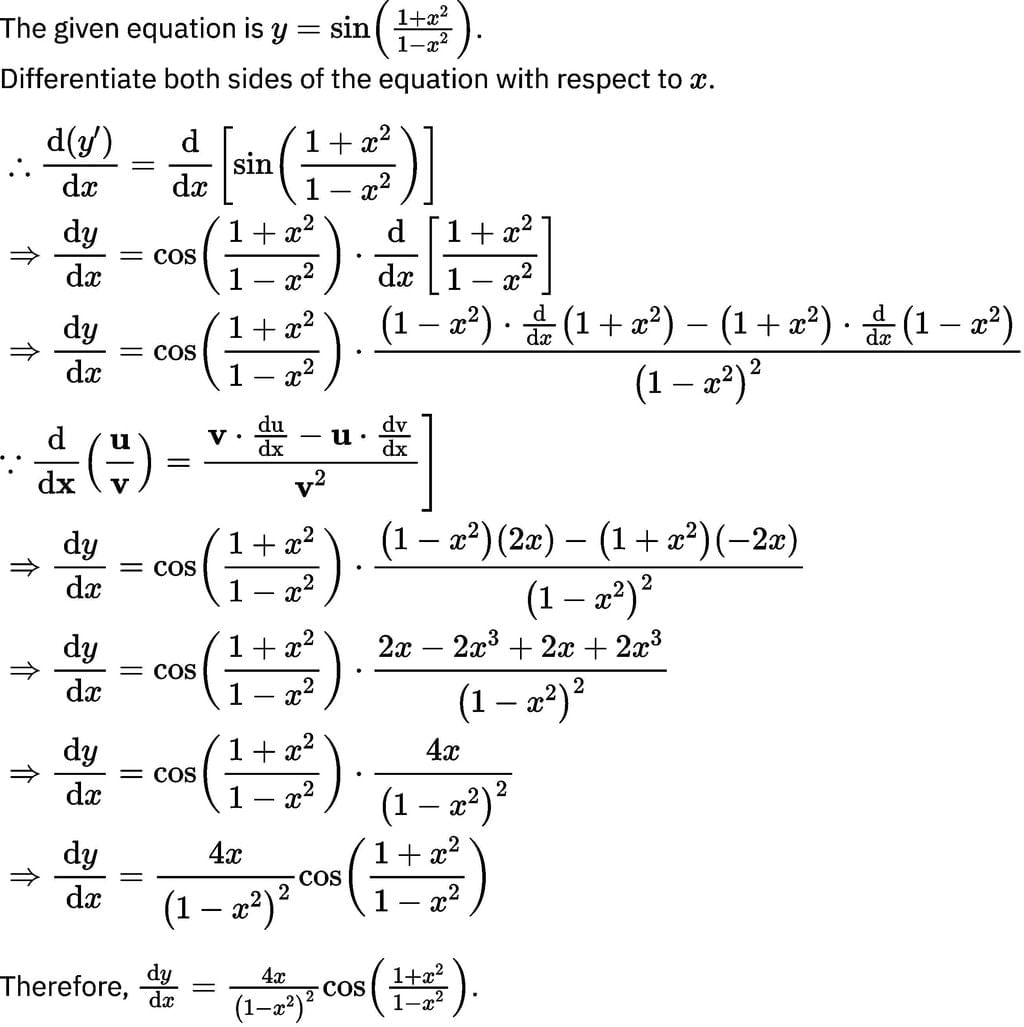


 then what is A(adj A) equal to
then what is A(adj A) equal to
